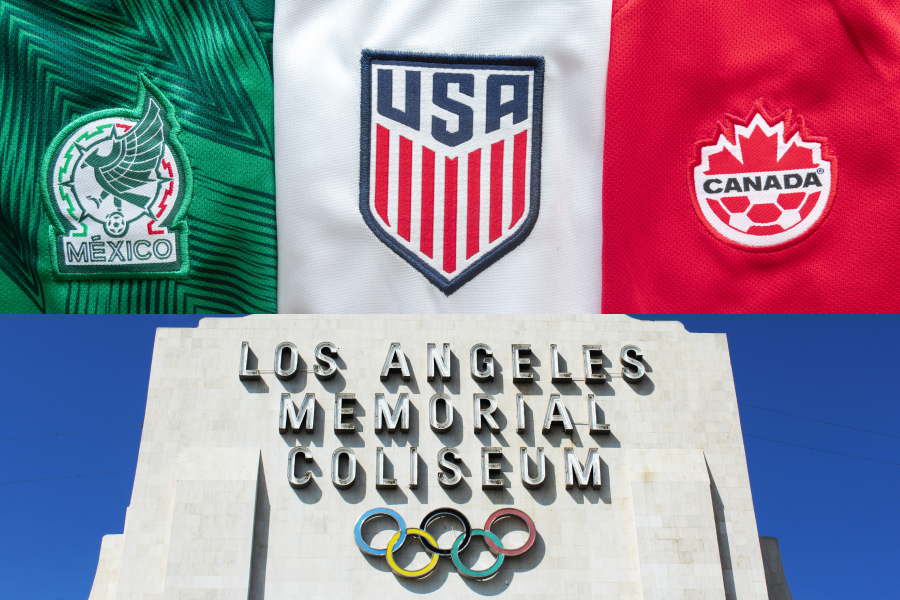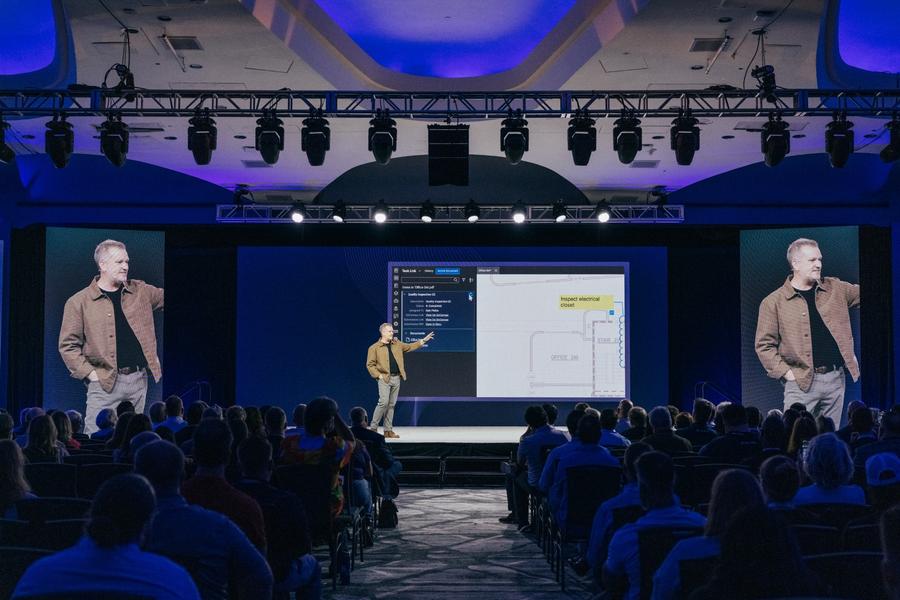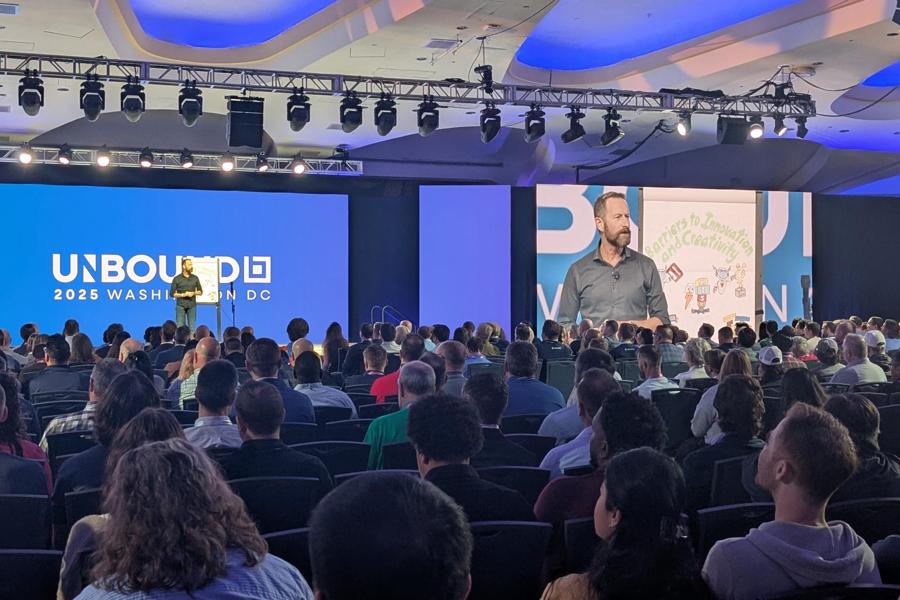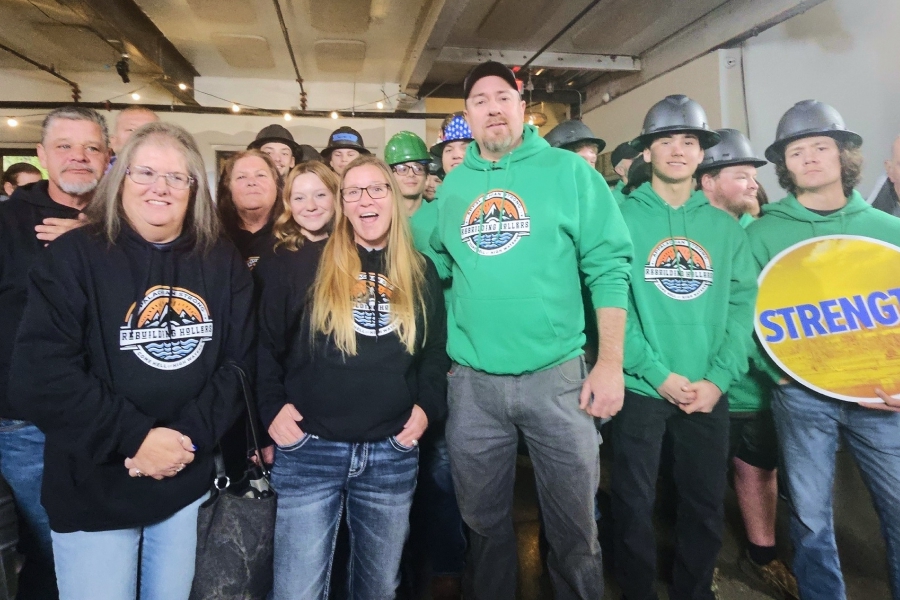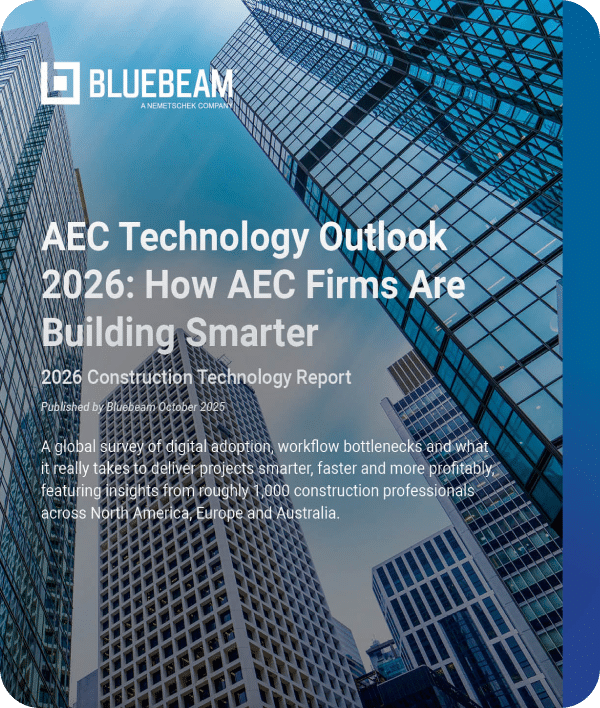The United States’ construction industry is on the hook for delivering not one but two global spectacles: the 2026 FIFA World Cup and the 2028 Summer Olympics in Los Angeles.
We’re talking high-stakes retrofits, billion-dollar transit overhauls and a clock that won’t stop ticking. The world’s watching—and the pressure’s mounting.
A National Sprint with Global Pressure
The 2026 World Cup will hit 16 cities across North America, 11 of them in the US. Think Dallas, Philadelphia, Atlanta and Seattle, among others. Two years later, the Olympics return to LA for round three.
Combined, the events are projected to add more than $28 billion to the domestic economy and support more than 250,000 jobs, according to the most optimistic and recent estimates by the Boston Consulting Group and LA28 organizers.
Still, these events aren’t just about dollars but about delivering infrastructure that holds up under the weight of the world stage.
This won’t be easy, especially for LA’s Olympic preparations. A devastating series of wildfires struck large pockets of LA County in January 2025, destroying more than 18,000 structures and forcing more than 200,000 residents to evacuate. This resulted in extended emergency response and diverted city crews away from Olympic preparations.
Stadiums Get a Second Life
The build must go on, however. And this time around, we’re not building shiny new stadiums. We’re fixing up what we’ve got—and making it work harder.
- MetLife Stadium in New Jersey is getting a major retrofit to fit FIFA’s field rules. Skanska is ripping out more than 1,700 seats to rework the layout with modular steel seating.
- AT&T Stadium in Texas is dropping $350 million on upgrades: AV, accessibility and fan experience.
- NRG Stadium in Houston is adding lighting, locker rooms and a widened field for seven World Cup matches.
Over in LA, SoFi Stadium in Inglewood will co-host the opening ceremonies of the 2028 Olympics alongside the Los Angeles Memorial Coliseum, marking the first dual-venue debut in Olympic history. Rather than building a new $1 billion Olympic Village, LA28 plans to repurpose existing UCLA dormitories, using nearby student housing and dining facilities to reduce cost and environmental impact.
Then there’s the Intuit Dome, a $2 billion, all-electric arena built for the Clippers and prepped for Olympic basketball. It’s targeting LEED Platinum certification, runs on solar and stores enough energy to power a game off-grid.
Infrastructure Is Where the Real Work Happens
Everyone loves a good stadium shot, but the real grind is in the infrastructure.
L.A. Metro’s “28 by 28” plan is the backbone—28 major projects done by the Olympics. That includes a $3.3 billion Purple Line extension to UCLA and a $13.8 billion Sepulveda Transit Corridor, one of the region’s most ambitious rail projects.
LAX, meanwhile, is adding a people mover and a new transit hub to cut down on car traffic. A “car-free” Olympics was the dream. Now, Mayor Karen Bass says: just take the train.
Beyond L.A., cities like Kansas City and Seattle are revamping roads, rails and terminals. Kansas City opened a new $1.5 billion airport terminal in early 2023 as part of a long-term modernization strategy—timed to support the World Cup but planned well before it was awarded hosting rights.
Tech Is the Backbone
With timelines this tight, tech isn’t optional—it’s survival:
- BIM and digital twins are being used to model venues, simulate crowd flows and test emergency plans before a shovel hits dirt. According to Autodesk and Turner Construction, these tools are streamlining design validation and reducing rework on site.
- Bluebeam, Procore and Autodesk BIM 360 are powering documentation, markup workflows and project tracking across stadium and transit jobs.
- Turner and AECOM Hunt are using AR headsets and prefab systems to cut labor hours and improve build precision.
- Public dashboards let stakeholders monitor progress, track RFIs and flag delays in real time.
Greener Builds, Fewer Footprints
FIFA mandates natural grass, so US stadiums are testing modular turf systems that won’t destroy NFL fields. LA28, meanwhile, is committed to carbon neutrality, prioritizing adaptive reuse and temporary construction wherever possible.
The Intuit Dome leads the charge. Solar panels. Battery storage. Fully electric. It’s a prototype for what modern arenas could be.
Still, some critics say this reuse-first approach lacks legacy. Olympic events like canoe slalom are being hosted at Riversport Rapids in Oklahoma City—more than 1,300 miles away—raising questions about what physical footprint LA will leave behind.
Labor Crunch and Supply Chain Scramble
Labor is tight. Supply chains are still glitchy. So, cities are getting creative.
- Union apprenticeships and local hiring mandates are ramping up.
- Projects are leaning on prefab and off-site builds to reduce on-site labor needs.
- Materials like steel, glass and electronics are being pre-ordered in bulk, with secondary suppliers on standby.
Budgets are walking a tightrope. As of mid-2025, LA28 had raised $5.1 billion of its $7.1 billion target. If the city falls short, LA covers the first $270 million in overruns and the state picks up the next $270 million—despite a projected $12 billion California budget deficit, according to the Legislative Analyst’s Office.
What’s Next
We’re inside three years to the Olympics and under a year for the World Cup. Stadiums are being ripped apart and rebuilt. Trains are being tunneled. Budgets are bending. And the whole world is watching.
This is a stress test for American construction, one that could rival past US megaprojects like the Interstate Highway System or Hoover Dam.
If the industry pulls this off, it won’t just be about medals. It’ll be about modernized cities, tougher teams and a blueprint for how to build smarter—under pressure.
The clock’s running. Let’s get it done.

